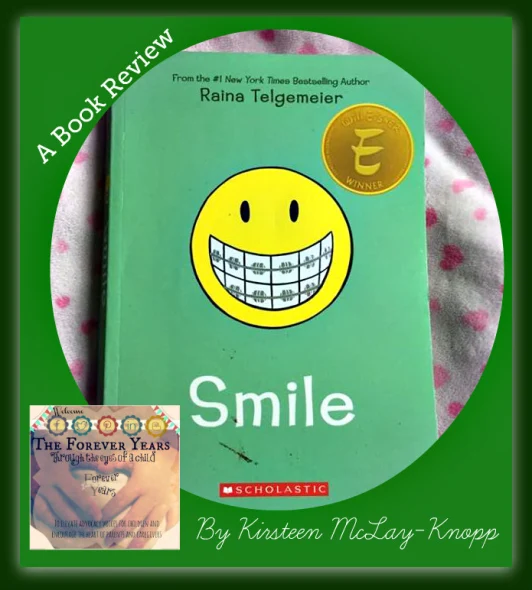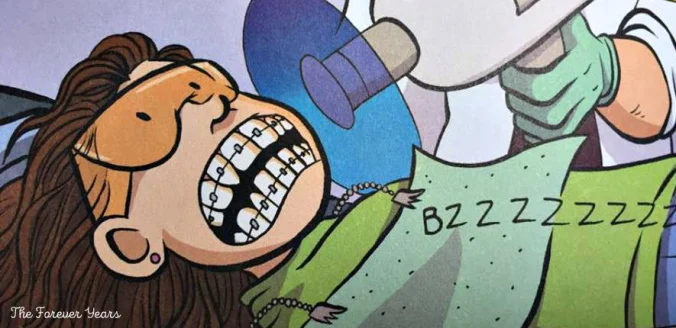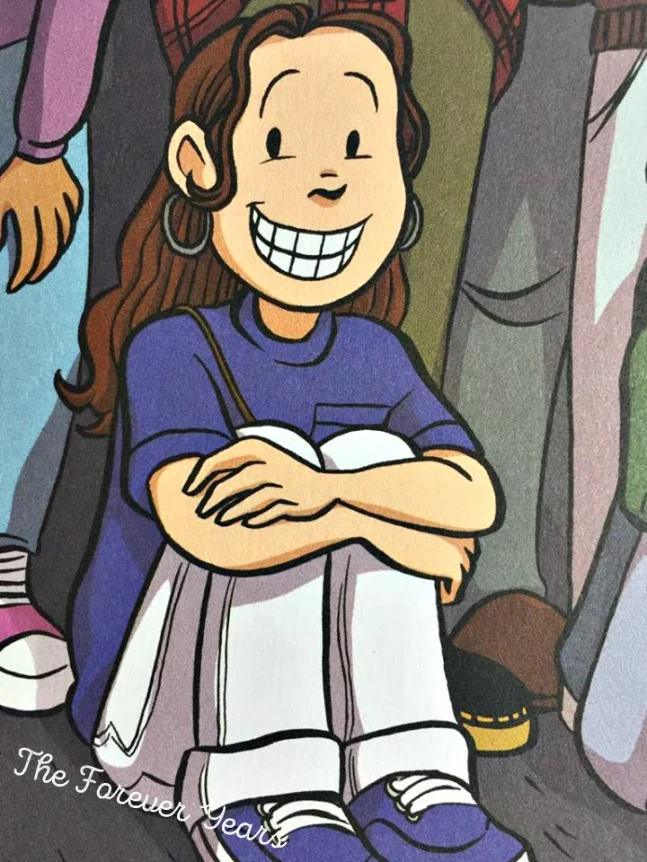
It is very normal for all children to have specific fears at some point in their childhood. Even the bravest of hearts beat right up against their edges sometimes. As your child learns more about the world, some things will become more confusing and frightening. This is nothing at all to worry about and these fears will usually disappear on their own as your child grows and expands his or her experience.
In the meantime, as the parent who is often called on to ease the worried mind of your small person, it can be helpful to know that most children at certain ages will become scared of particular things.
When is fear or anxiety a problem?
Fear is a very normal part of growing up. It is a sign that your child is starting to understand the world and the way it works, and that they are trying to make sense of what it means for them. With time and experience, they will come to figure out for themselves that the things that seem scary aren’t so scary after all. Over time, they will also realise that they have an incredible capacity to cope.
Fears can certainly cause a lot of cause distress, not only for the kids and teens who have the fears, but also for the people who care about them. It’s important to remember that fears at certain ages are completely appropriate and in no way are a sign of abnormality.
The truth is, there really is no such thing as an abnormal fear, but some kids and teens will have fears that are more intense and intrusive. Even fears that seem quite odd at first, will make sense in some way.
For example, a child who does not want to be separated from you is likely to be thinking the same thing we all think about the people we love – what if something happens to you while you are away from them? A child who is scared of balloons would have probably experienced that jarring, terrifying panic that comes with the boom. It’s an awful feeling. Although we know it passes within moments, for a child who is still getting used to the world, the threat of that panicked feeling can be overwhelming. It can be enough to teach them that balloons pretend to be fun, but they’ll turn fierce without warning and the first thing you’ll know is the boom. #not-fun-you-guys
Worry becomes a problem when it causes a problem. If it’s a problem for your child or teen, then it’s a problem. When the fear seems to direct most of your child’s behaviour or the day to day life of the family (sleep, family outings, routines, going to school, friendships), it’s likely the fear has become too pushy and it’s time to pull things back.
So how do we get rid of the fear?
If you have a child with anxiety, they may be more prone to developing certain fears. Again, this is nothing at all to worry about. Kids with anxiety will mostly likely always be sensitive kids with beautiful deep minds and big open hearts. They will think and feel deeply, which is a wonderful thing to have. We don’t want to change that. What we want to do is stop their deep-thinking minds and their open hearts from holding them back.
The idea then, isn’t to get rid of all fears completely, but to make them manageable. As the adult in their lives who loves them, you are in a perfect position to help them to gently interact with whatever they are scared of. Eventually, this familiarity will take the steam out of the fear.
First of all though, it can be helpful for you and your child to know that other children just like them are going through exactly the same experience.
An age by age guide to fears.
When you are looking through the list, look around your child’s age group as well. Humans are beautifully complicated beings and human nature doesn’t tend to stay inside the lines. The list is a guide to common fears during childhood and the general age at which they might appear. There are no rules though and they might appear earlier or later.
Infants and toddlers (0-2)
• Loud noises and anything that might overload their senses (storms, the vacuum cleaner, blender, hair dryer, balloons bursting, sirens, the bath draining, abrupt movement, being put down too quickly).
Here’s why: When babies are born, their nervous systems are the baby versions. When there is too much information coming to them through their senses, such as a loud noise or being put down too quickly (which might make them feel like they’re falling), it’s too much for their nervous systems to handle.
(To read more of this article, please follow the link below…)
heysigmund.com/age-by-age-guide-to-fears/



![]()










